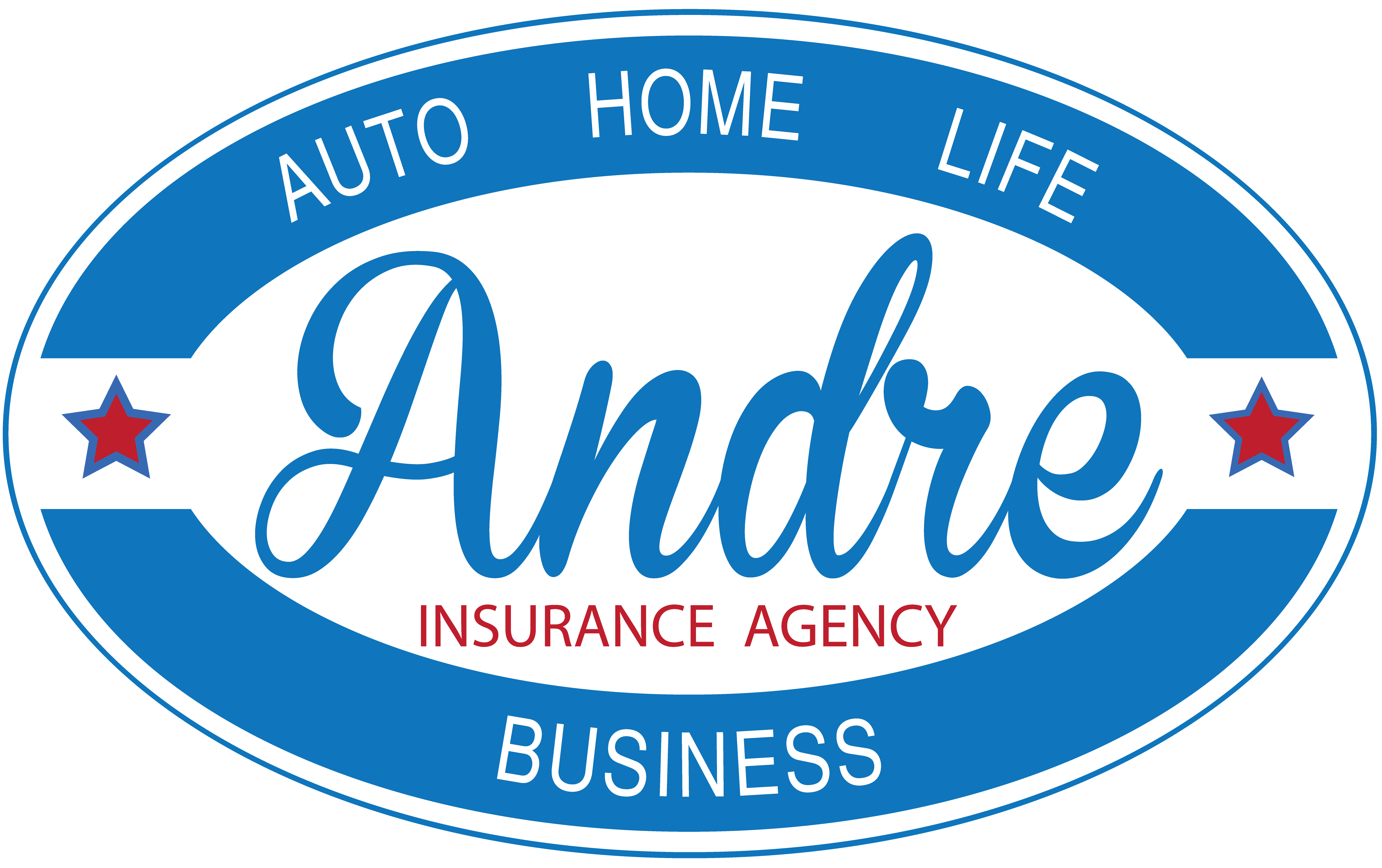April showers have arrived. Which means that beyond the usual distractions, there’s another road risk: heavy rains.
Dangerous driving conditions aren’t exclusive to winter weather phenomena like snow and black ice. If you underestimate the danger of driving in heavy rain, you expose yourself and your car to a possible accident. That’s because heavy rain storms not only limit your visibility—they also hamper vehicle traction and can cause your car to hydroplane.
Hydroplaning is especially common in these rainy spring months. It’s a scary situation, because like black ice, you no longer have control behind the wheel. Research actually shows that more than 12 percent of car accidents involve wet pavement conditions.
If you don’t know how to handle hydroplaning, this series will give you information on how to stay safe on wet roads. You might have heard some tips before–but there’s a good chance you never considered some of them. (For instance, did you know your tires play a major role in how you handle hydroplaning?)
Here’s what we’ll cover in this series:
- What is hydroplaning? You’ll learn not only what hydroplaning is, but why it occurs and when it is most likely to happen.
- How can I prevent my car from hydroplaning? Learn some simple safety checks worth doing before you head out on the road. Also learn what dangers to watch for during your drive so you stop a problem before it starts.
- How should I drive in heavy rain? Downpours present real dangers. Learn what you can do to avoid hydroplaning, improve your visibility and reach your destination safely.
- What should I do if I start hydroplaning? Sometimes even the most careful drivers still end up hydroplaning. Learn how to recover when your car loses contact with the road.
Are you ready to find answers to these questions? Then let’s get started.
Read the full story from Erie Insurance: “How to Handle Hydroplaning“

